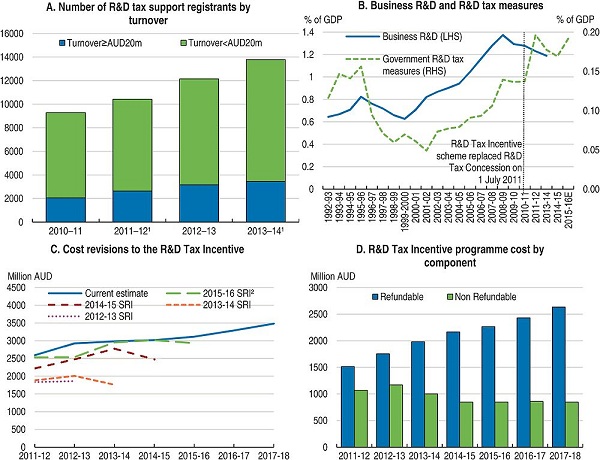Financial modeling prepares a summary of a company’s earnings and expenses. It is a process of creating a spreadsheet for the company. It helps companies in many ways, from an idea for specific business conditions to improving its capabilities and running a successful business model to eliminating negative factors. Every company wants the proper financial modeling helps them to achieve their goals. Small businesses and startups get a lot of benefits from financial modeling. Fullstack shares tips for small businesses and startups on how to get benefits from financial modeling.
Understanding Business Scenarios
Proper financial modeling helps the company to understand its position clearly. While overcomplicating financial modeling could not serve the businesses in the way that suits them. It creates a messy approach too that could not be in favor of the company. Financial modeling works on the garbage-in and garbage-out (GIGO) principle. In this principle, the quality of output is calculated by the quality of its input.
Small businesses or startups need simple and concise data in their financial modeling. This approach helps them to understand their basic strategies for how to run a successful business. For example, a startup or small business in the retail sector wants to attract more customers and profits to its company. For that company has to understand some points like the number of available customers, the probability of acquiring, and the possibility of earnings. So, financial modeling helps businesses to understand the potential best-case and worst-case scenarios.
Financial modeling for small businesses is not an easy task. There are right and wrong ways to create spreadsheets. The Professionals must take note of these ideas.
- Three-statement model: This
model links the balance sheet, cash flow, and income statement for
analysis.
- Discounted cash flow model:
Consider the discounted cash flow and evaluate the current values.
- Forecasting model: This model
helps in making the budget. It analyzes historical and current data along
the industry trends.
Followings are some best practicing approaches while creating financial modeling
1. Use a correct format and differentiate between
predictions and final calculations.
2. The model layout should include all
responsible factors like income statements, balance sheets, cash flow
statements, supporting schedules, etc.
3. One must use historical assumptions, costs, gross
margins, revenue growth rate, etc.
4. Make such sheets that include income, balance,
and supporting schedule followed by cash flow.
5. A DCF technique uses while analyzing business
valuation, sensitive data, and scenarios.
6. Graphs and Charts are good tools for
communicating and representing the results transparently.
7. Stress tests use to check the model whether
working according to the results.
Conclusion
It becomes a prime responsibility for startups or small businesses to know the events or scenarios that could impact their businesses. These are profitability, sustainability, and longevity which help the company’s financial modeling to plan for the coming years. Fullstack is a trusted financial modeling company, especially for small businesses and startups. If you want any guidance, feel free to consult us.

.jpg)

